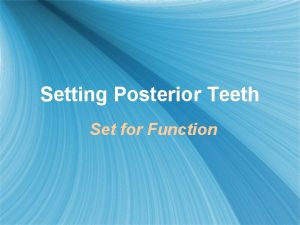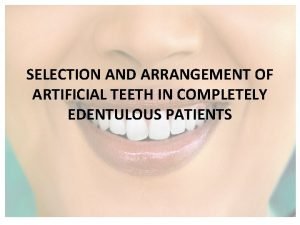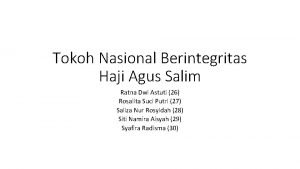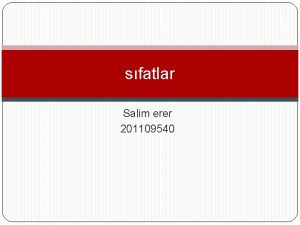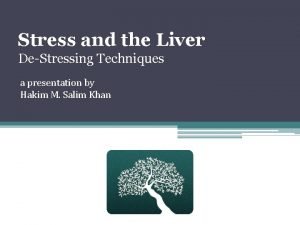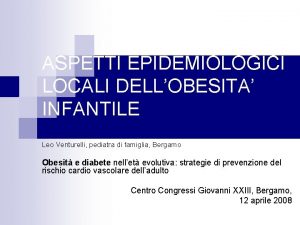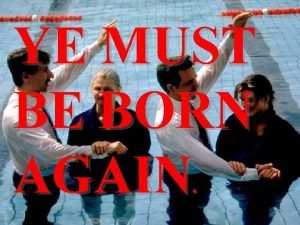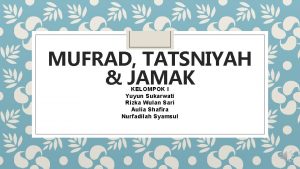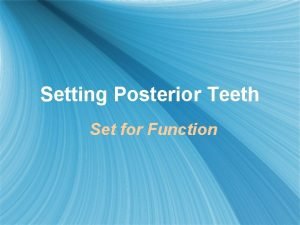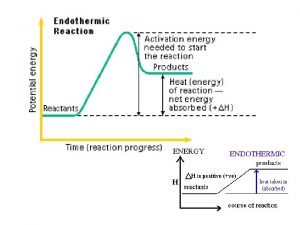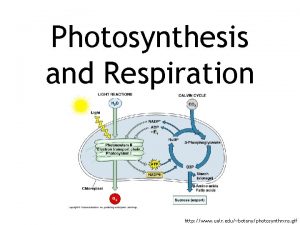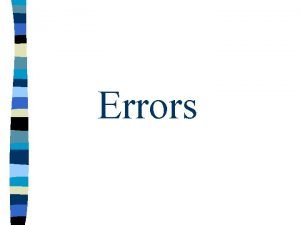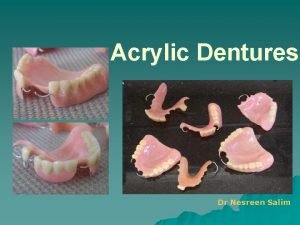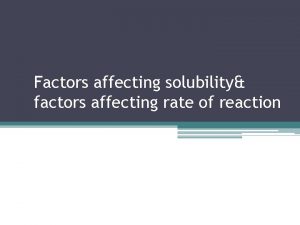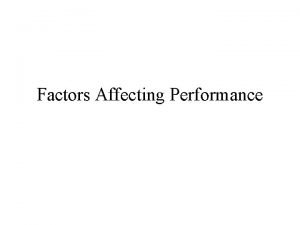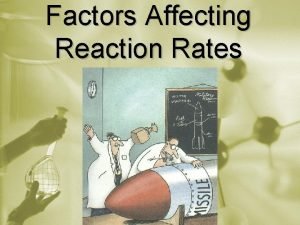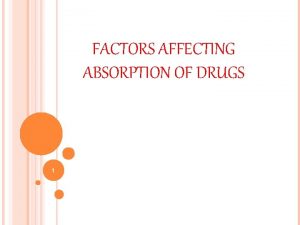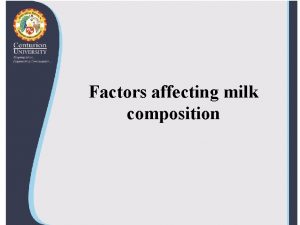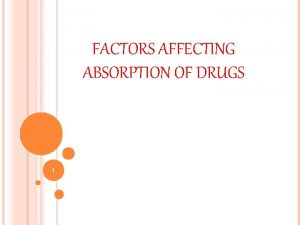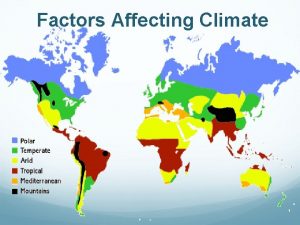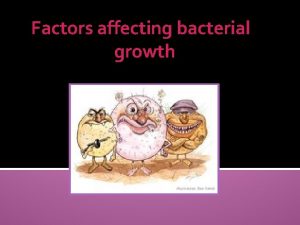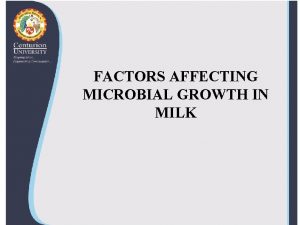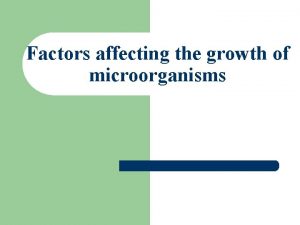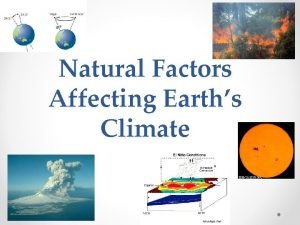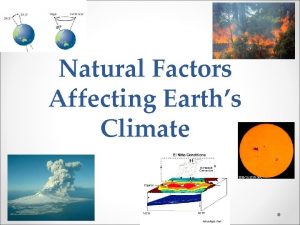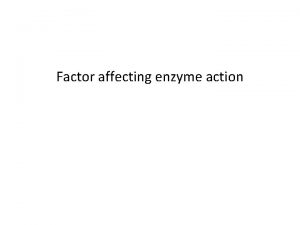Setting posterior teeth Dr Nesreen Salim Factors affecting

























- Slides: 25

Setting posterior teeth Dr. Nesreen Salim

Factors affecting occlusal balance (Hanau’s Quint) �Condylar guidance �Incisal guidance �Plane of occlusion �Compensating curve �Angulation of the teeth/ Cuspal height.

Plane of occlusion

Cusp angle

Protrusion � During protrusion, the incisal guidance allows the incisal edges of the mandibular and maxillary incisor teeth to touch; posterior teeth should remain in contact. If no contact on posterior teeth, lower incisor teeth need to be lowered to provide balanced articulation. At CO no contact between U & L anterior teeth. � Incisal guidance is the path on the lingual surface of the maxillary anterior teeth along which the mandibular anterior teeth glide


Compensating curves �The anteroposterior and lateral curvatures in the alignment of the occluding surfaces and the incisal edges of artificial teeth which are used to develop balanced occlusion.

Compensating curves �To achieve balance there should be anteroposterior curve for the posterior teeth (curve of Spee) and mediolateral curve (curve of Monson)


Anteroposterior curvature Anatomic carvature of the occlusal alignment of teeth beginning at the tip of the lower canine and following the buccal cusps of the PM and M, continuing to the anterior border of the ramus (imaginary curve). It is imaginary curve joining the buccal cusps of the mandibular posterior teeth starting from the canine passing through the head of the condyle. Significance: In protrusion the posterior teeth arranged incorporating this curve will remain in contact without disocclusion

Mediolateral curvature This curve runs across the palatal and buccal cusps of the maxillary molars. During lateral movement the mandibular lingual cusps on the working side should slide along the inner inclines of the maxillary buccal cusp. In the balancing side the mandibular buccal cusps should contact the inner inclines of the maxillary palatal cusp. This relationship forms a lateral balance. It is determined by the inclination of the posterior teeth and their vertical relationship to the occlusal plane so that the occlusal surface results in a curvature that is in harmony with the movement of the mandible as guided posteriorly by the condylar path.



The equation for balanced occlusion Orientation of the occlusal plane Condylar guidance Cusp angle Incisal guidance Compensating curves






�If the incisal guidance is steep, it requires steep cusps, a steep compensating curve to keep occlusal balance. � A steep inclined plane, is detrimental to the stability hence the incisal guidance should be flat as aesthetics and phonetics will permit. �A steep condylar path requires a steep compensating curve for occlusal balance.

� � Horizontal overlap of Anterior teeth Increased Reduced Posterior cusps must be shorter Posterior cusps may be taller Vertical overlap of Anterior teeth Increased Reduced Posterior cusps may be taller Posterior cusps must be shorter OTHERS � Occlusal plane � Curve of Spee - More parallel to Posterior cusps must be shorter condylar guidance - Less parallel to Posterior cusps may be taller condylar guidance More convex Less convex The most posterior cusps must be shorter The most posterior cusps may be taller


�A gap occurring in the natural dentition or between the opposing posterior flat occlusal rims when the mandible is protruded (posterior open bite). It can lead to instability in full dentures unless compensating curves are incorporated into the dentures.


Christensen’s phenomena
 Monoplane teeth set
Monoplane teeth set Curve of spee and wilson
Curve of spee and wilson Posterior teeth
Posterior teeth Jean jacques salim
Jean jacques salim Agus salim violet hanisah
Agus salim violet hanisah Salim erer
Salim erer Salim ogur
Salim ogur Hakim salim khan
Hakim salim khan Jahangir conquest
Jahangir conquest Pediatra salim bergamo
Pediatra salim bergamo Aenon near salim
Aenon near salim Jamak muannats salim
Jamak muannats salim Monoplane teeth set
Monoplane teeth set V-list link
V-list link Factors affecting organisational design
Factors affecting organisational design Factors affecting equilibrium
Factors affecting equilibrium Factors that affect respiration
Factors that affect respiration Parts of circumferential clasp
Parts of circumferential clasp Factors affecting trial balance
Factors affecting trial balance Site selection of bridge
Site selection of bridge Factors affecting seed germination
Factors affecting seed germination Factors affecting dividend policy
Factors affecting dividend policy Interior design factors
Interior design factors Function of management
Function of management Zeroth order kinetics
Zeroth order kinetics Rate theory and plate theory
Rate theory and plate theory
